Email →
hi@juanrujana.com
School Work →
Eye.
Scope:
Description:
Developed during my undergrad career, I looked to improve the experience of navigating without sight. The result is a smart device that offers a new way to maneuver using haptic feedback rather than an awkward and interfering prod in the dark.
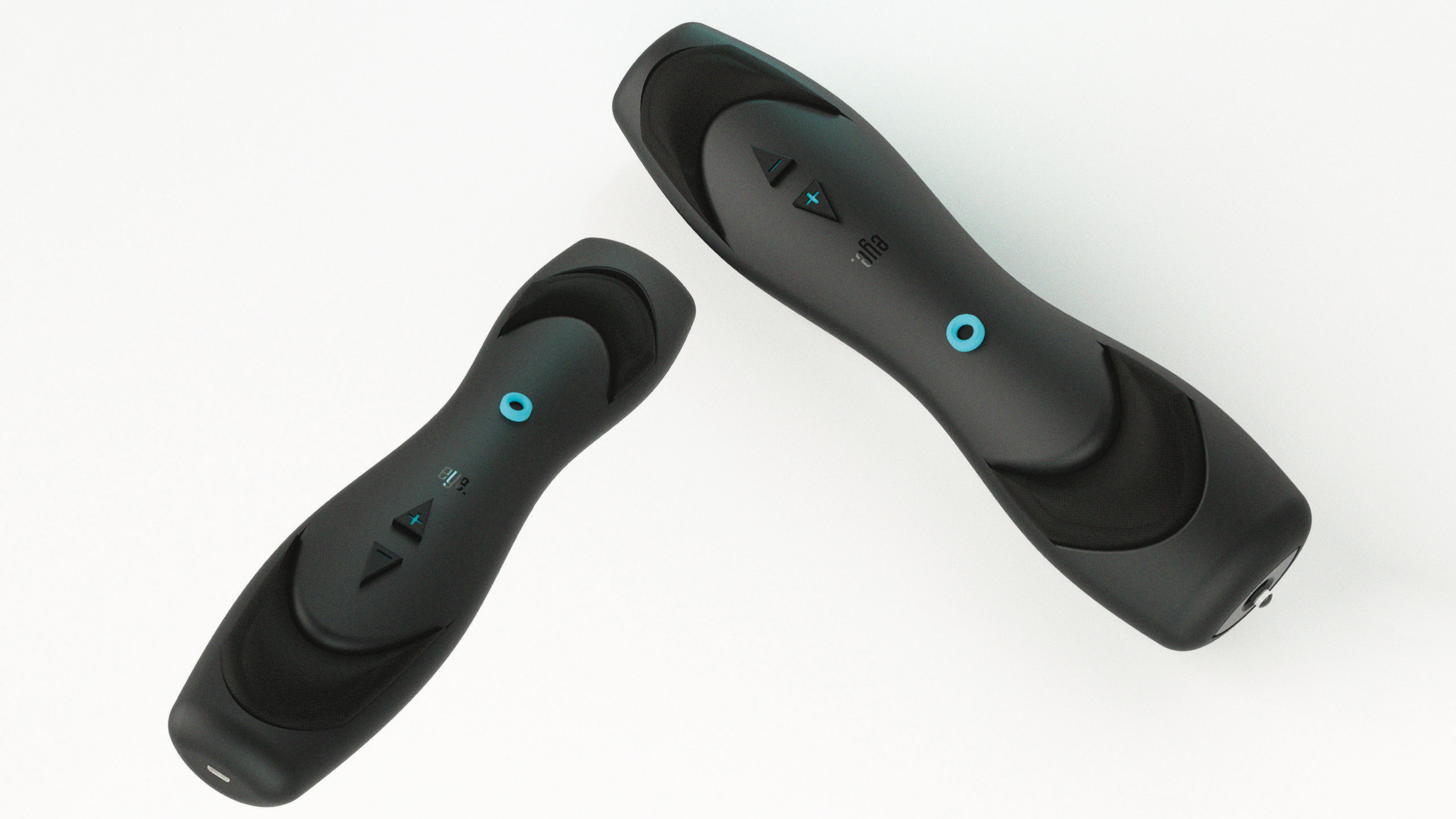
Visually impaired folks struggle every day navigating indoor and outdoor spaces, current walking canes help but we can do more
According to the International Agency for the Prevention of Blindness’s Vision Atlas, 43 million people are blind with an additional 295 million people with moderate to severe vision impairment. After witnessing a neighbor in my apartment building navigate the common areas with either the use of his walking stick or with an assistant, I set out to design a device that would allow for a more convenient and independent walk through the world.

A look into the problem
I started my research by reaching out to The University of Minnesota’s Disability Resource Center to connect with blind & visually impaired students to interview. I learned that these students each had different approaches to their navigation, ranging from sight-dogs, walking canes, assistance, or reliance on their low-level sight.
After breaking down the design of a classic walking stick, working with these blind & visually impaired students, and conducting secondary research, I learned about more problems specific to each approach – the upper body being vulnerable to overhangs, a lack of independence, and becoming fatigued with probing patterns when using a cane. To combat these concerns, I prioritized ergonomics through prototyping with modeling clay & foam.
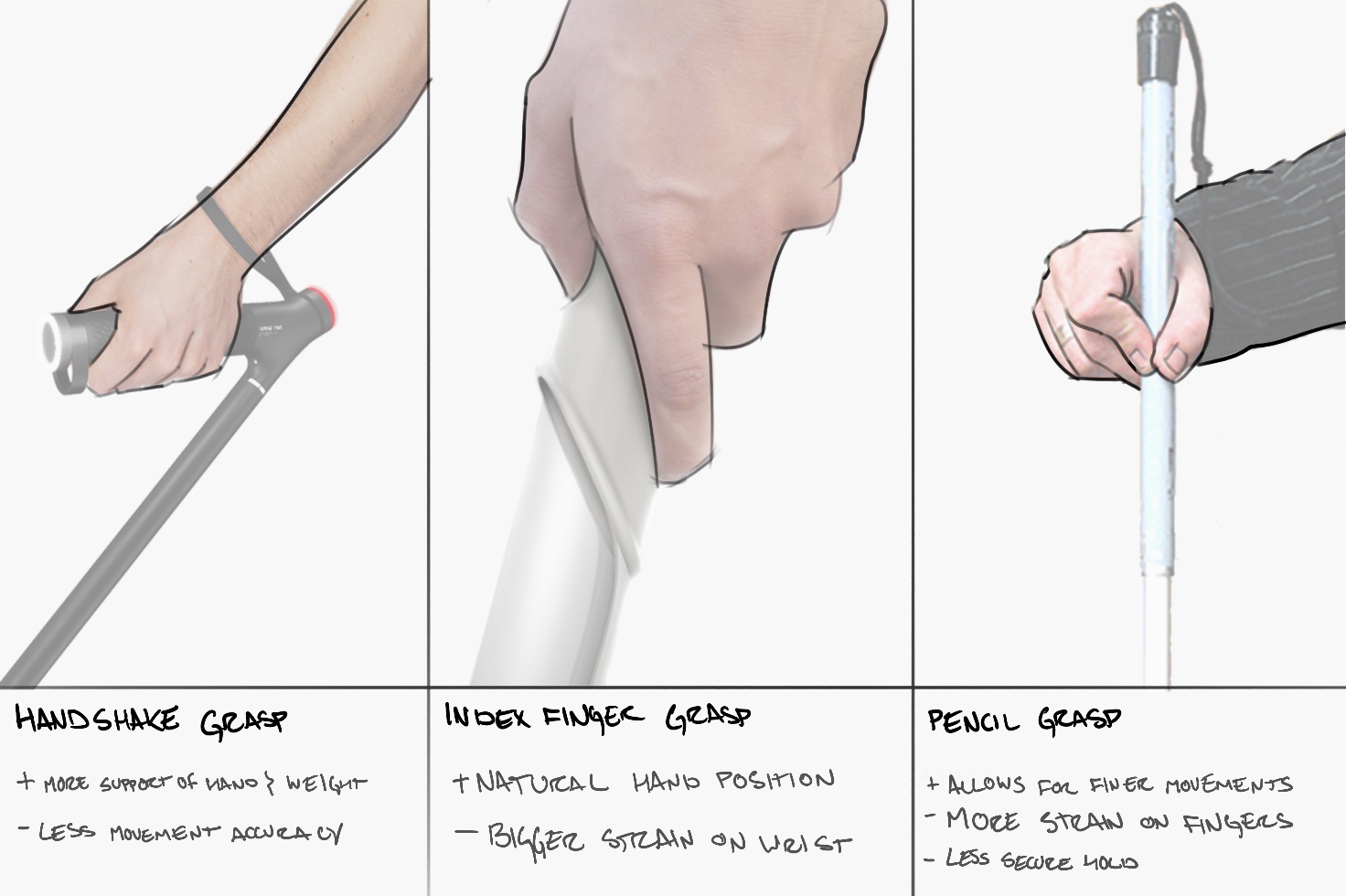
Modeling & Testing
After the interview stages, it became clear that the main pain point was the awkward and invasive touch necessary to determine surroundings– which is probably why only 8% of blind individuals use this method*. I quickly started ideating solutions that eliminate the need to probe in the vicinity to determine spatial awareness.
I utilized sketches to draft out ideas and features while simultaneously modeling with clay to discover grip options and test ergonomics.
Consulting with my engineering friend, Chris Ramsumair, we explored how using sensors paired with haptic feedback could adequately communicate the surroundings, replacing the need for a direct physical touch between the device and its environment.
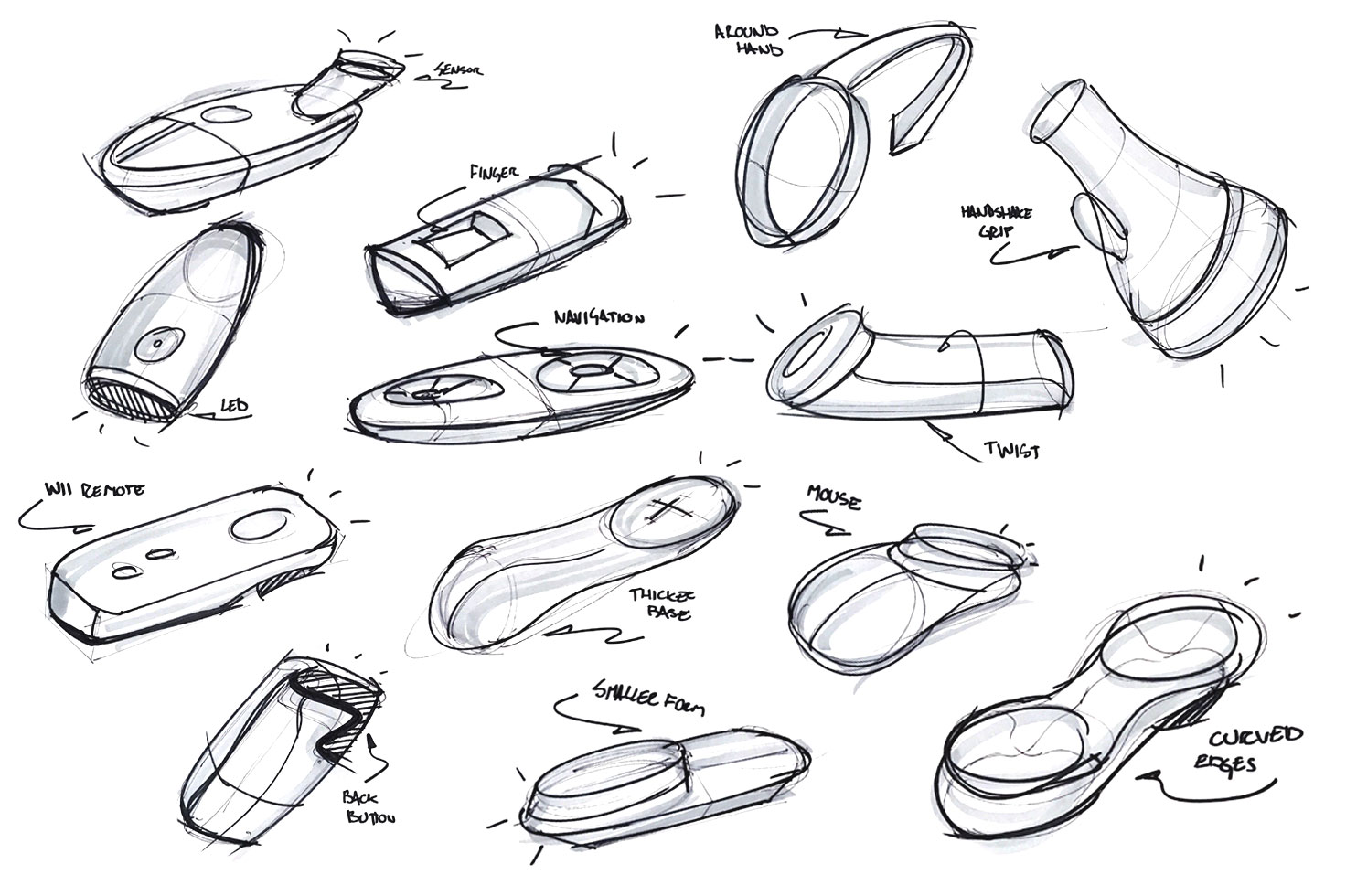
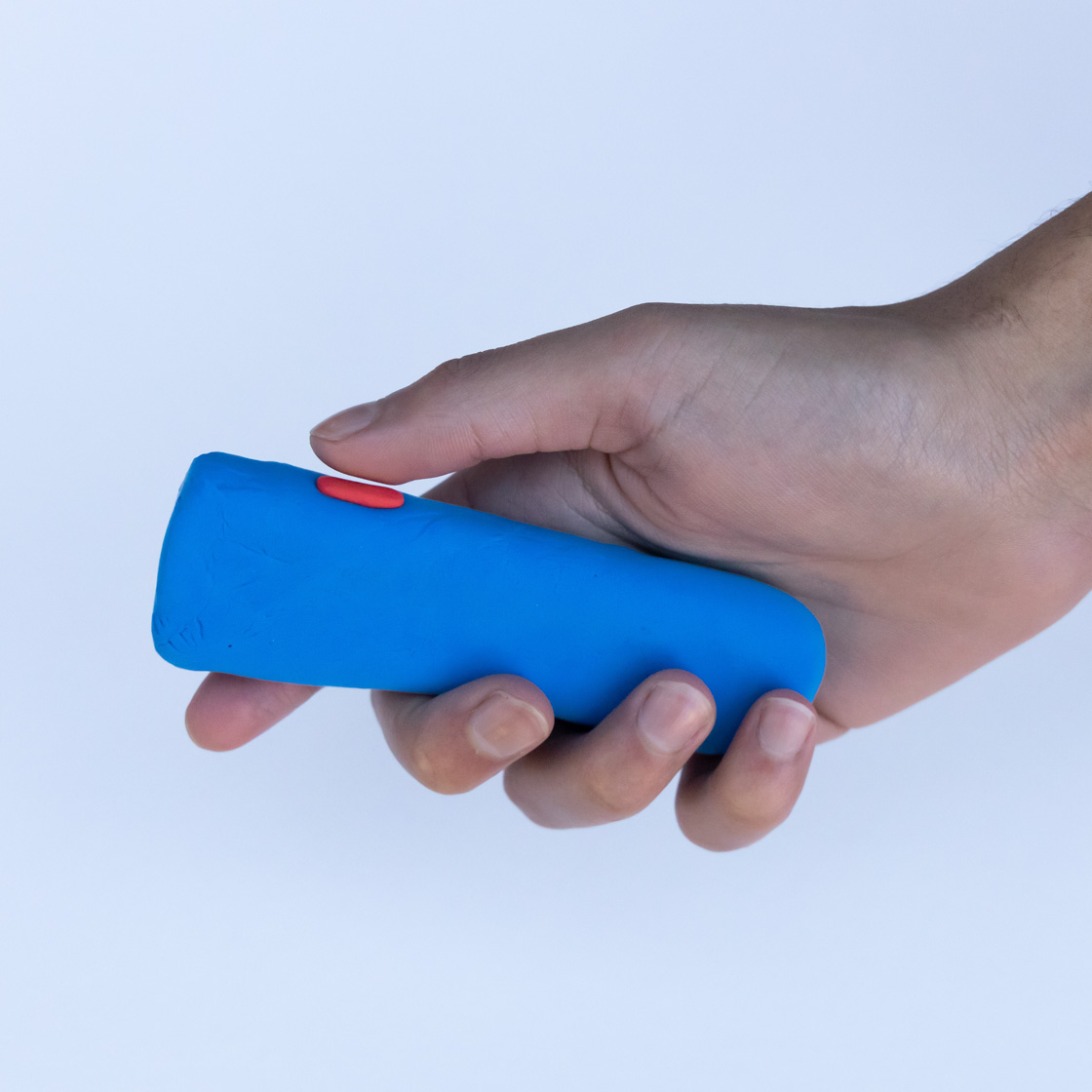
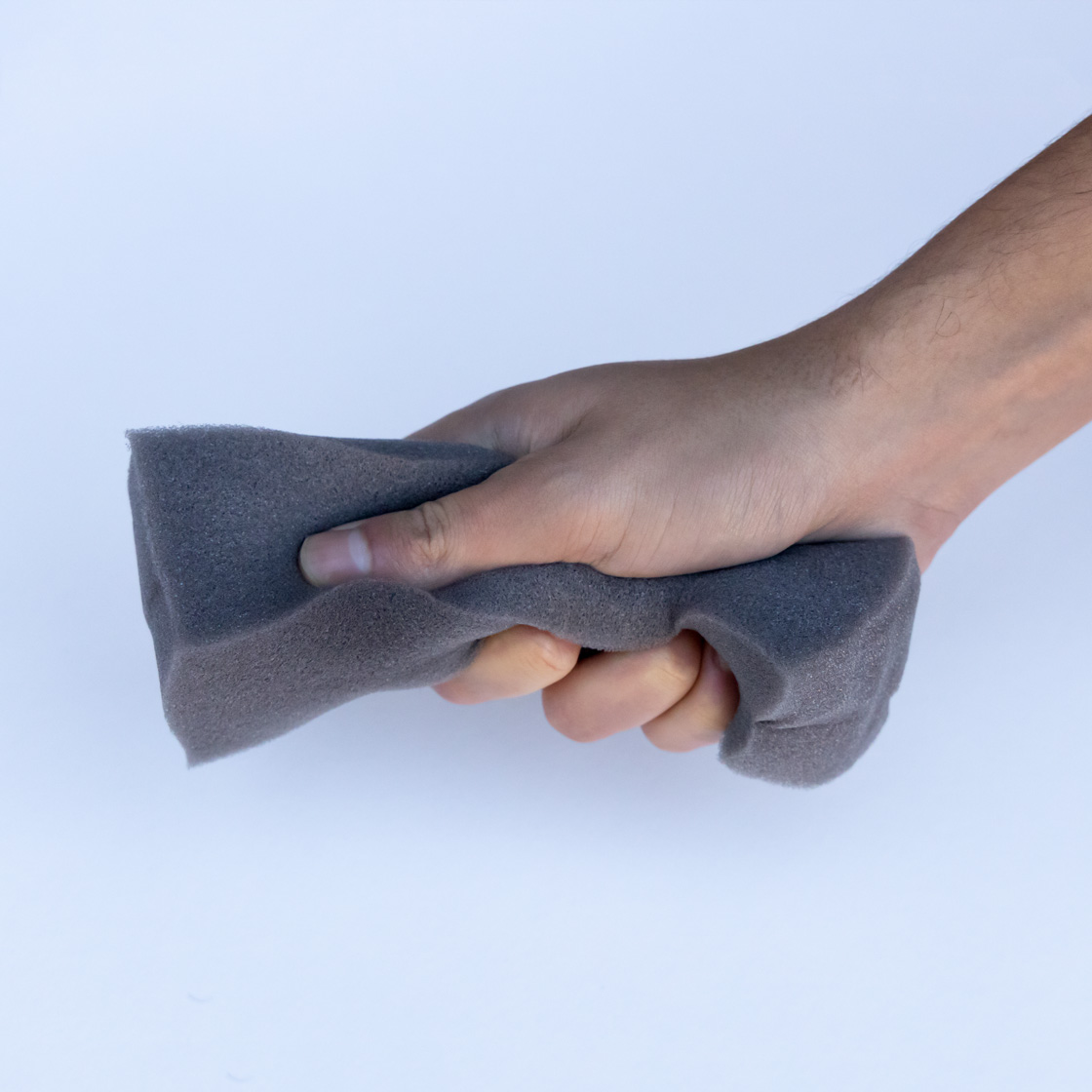
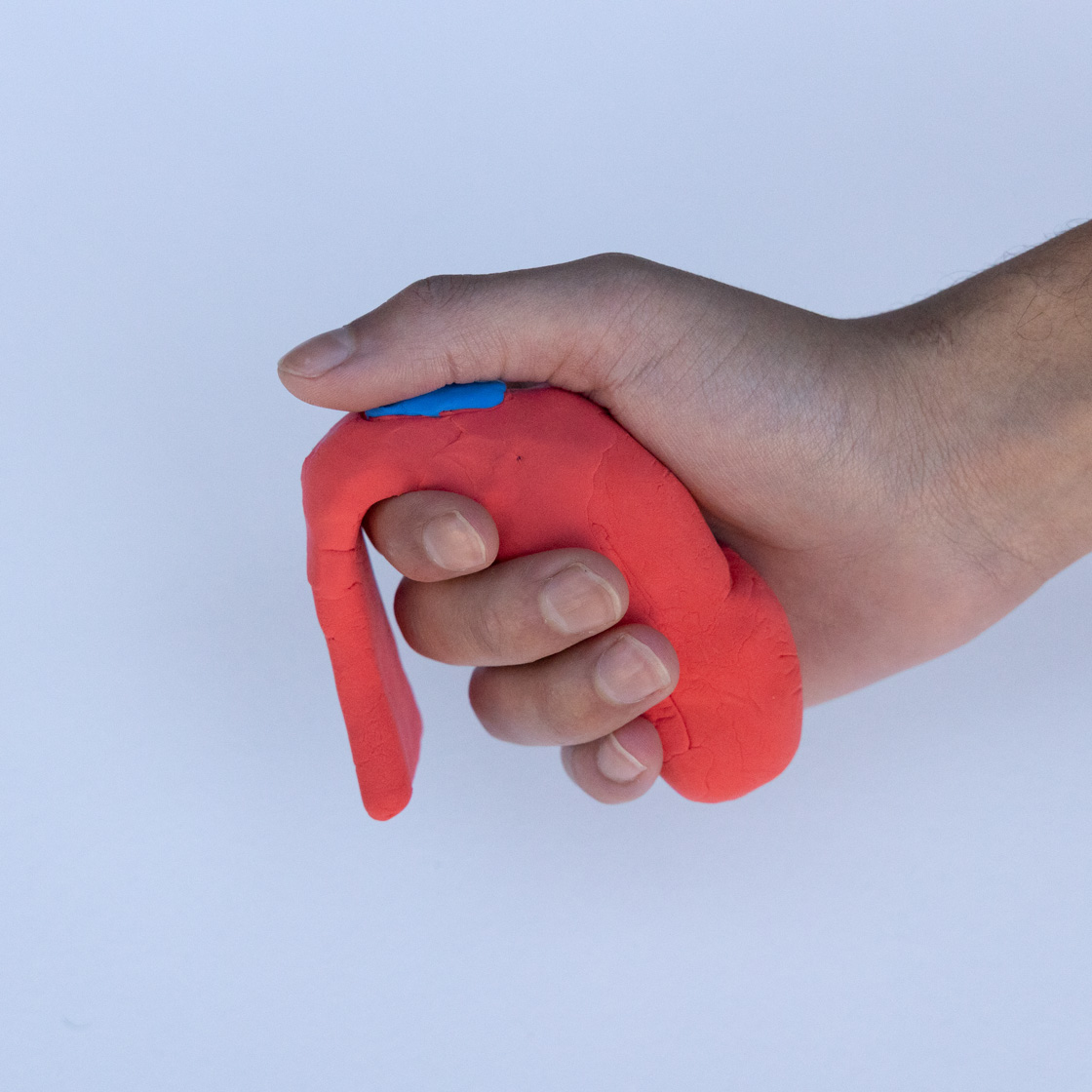


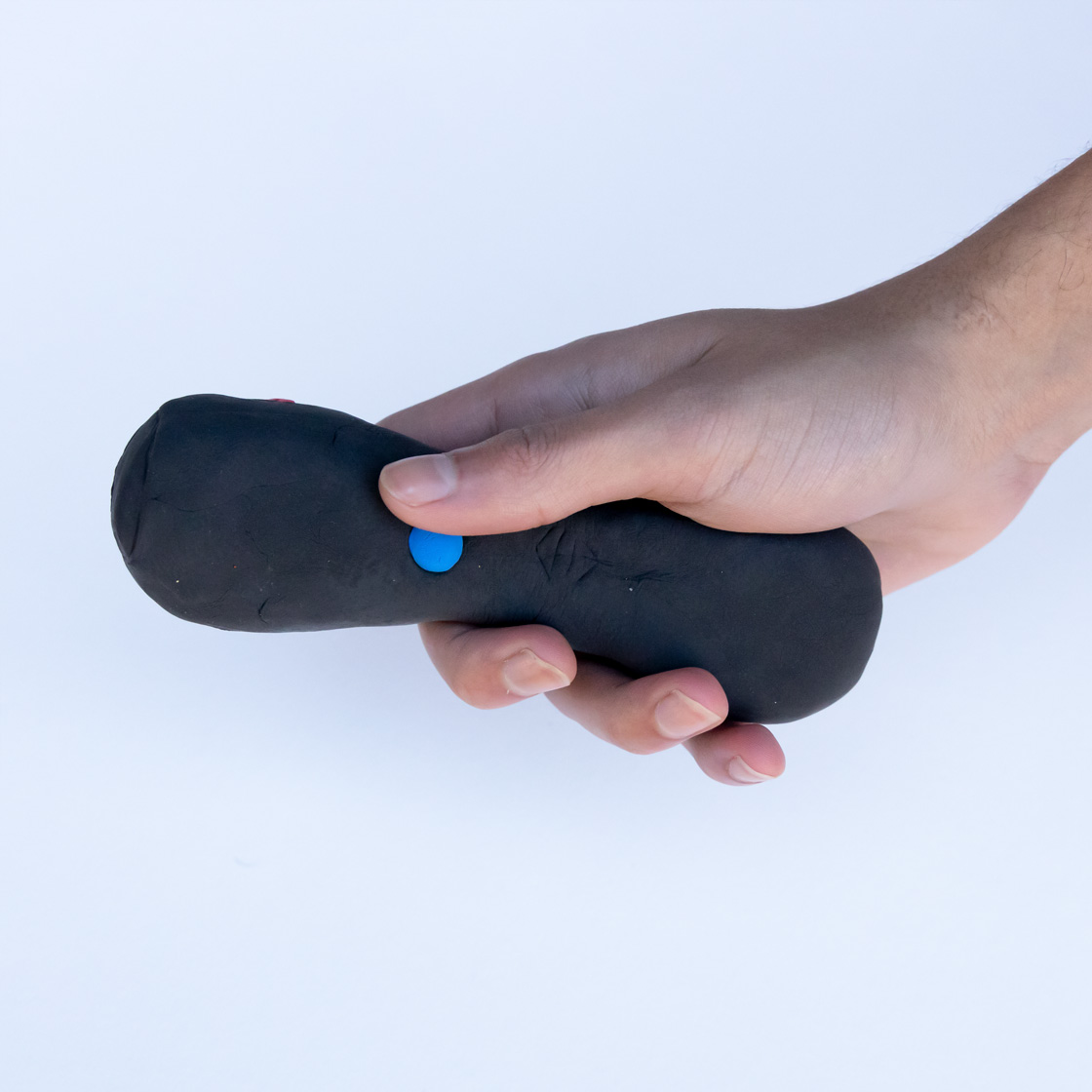
The Impact
A new solution for an ageless problem
My new walking device addressed issues with the user’s physical fatigue, the intrusiveness nature of its approach as well as an increased range of perception– all areas in which the original white cane fell short in. Eye gives blind & visually impaired folks the independence and confidence to freely pilot their day-to-day.

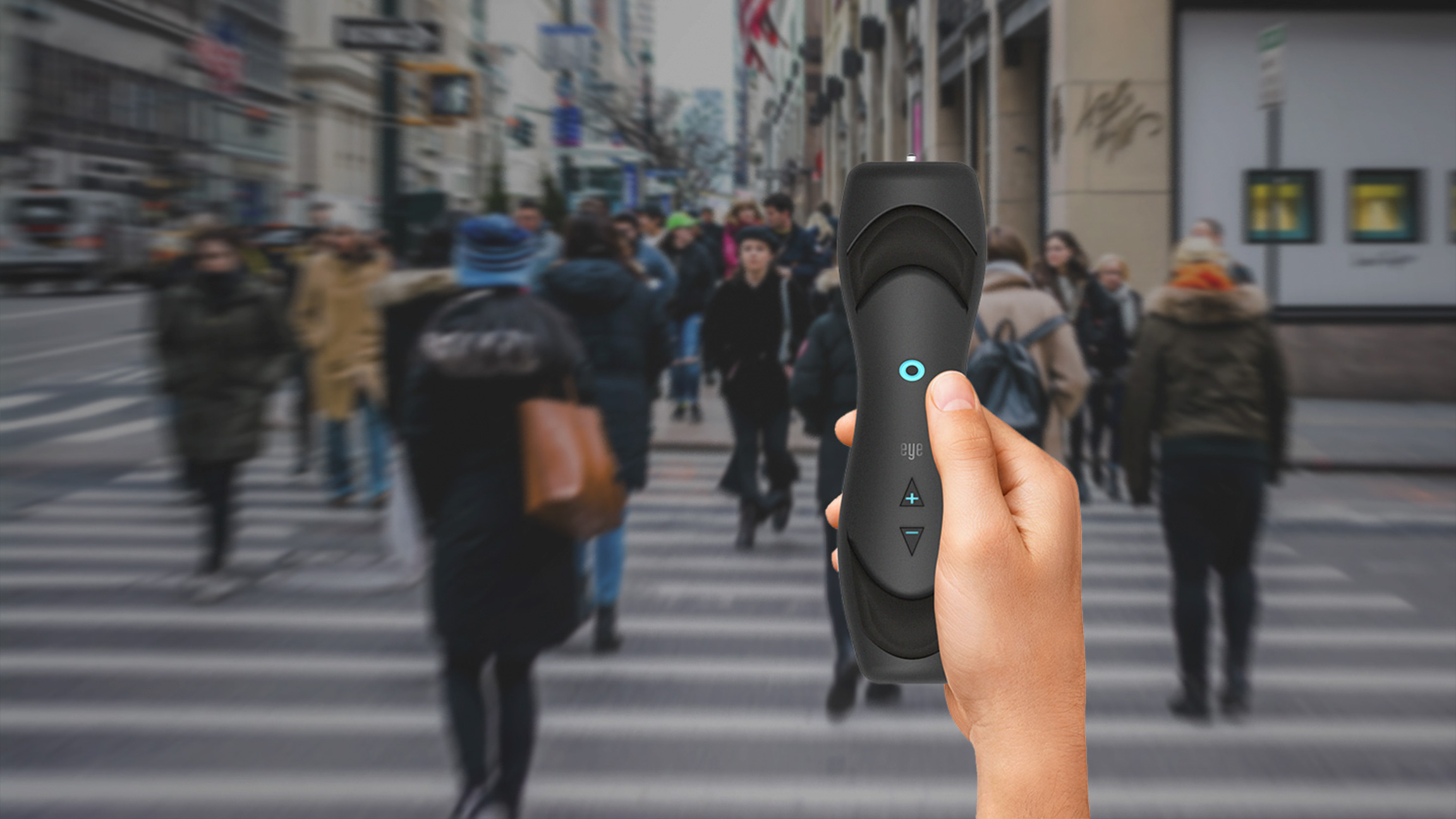
The Next Steps
Currently, Eye is still in the ideation & design development stages. With the basic research and studies conducted, the need for a new response to this problem is prevalent.
While I provide an impactful idea, the problem addressed in this case study demands a response beyond the current stage of Eye’s design. Designers, like myself, must continue to work towards innovative ways to serve our blind & visually impaired communities.